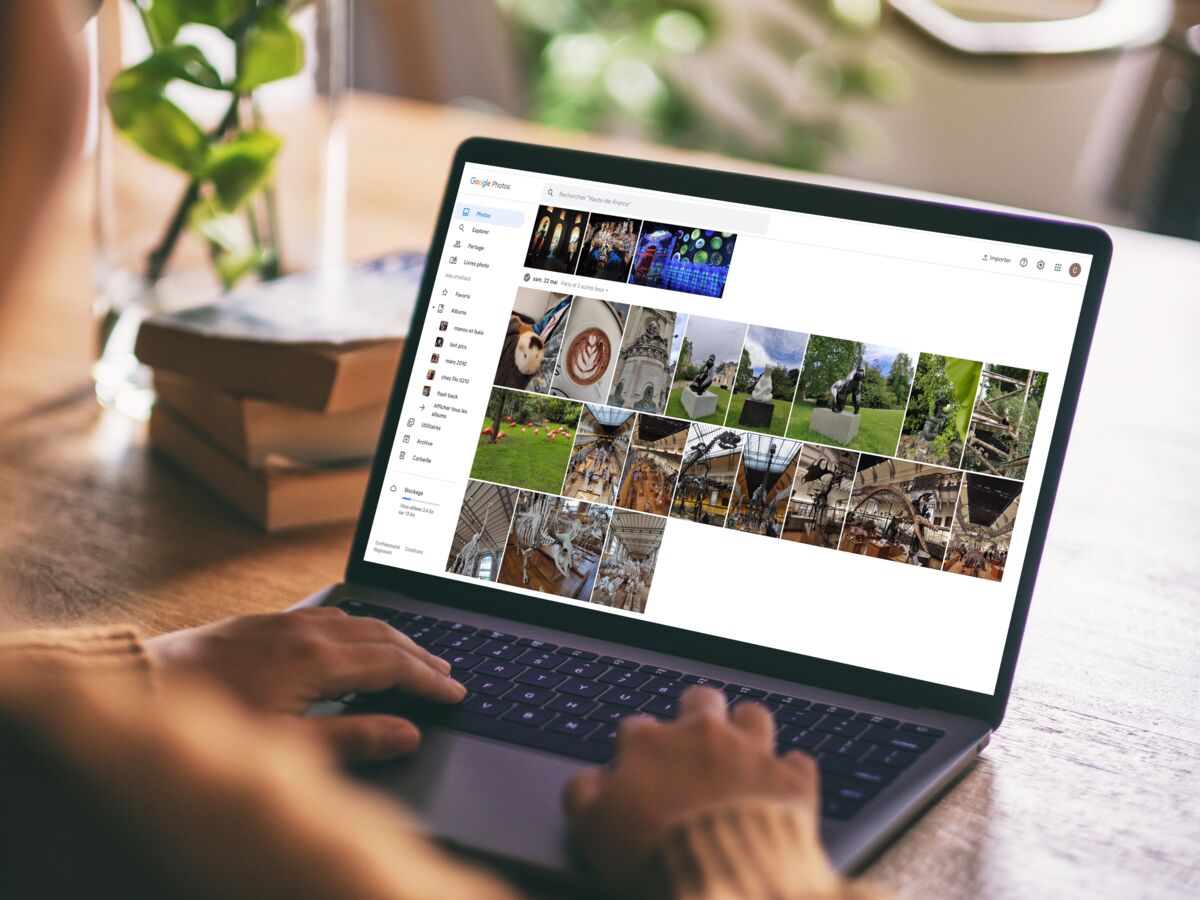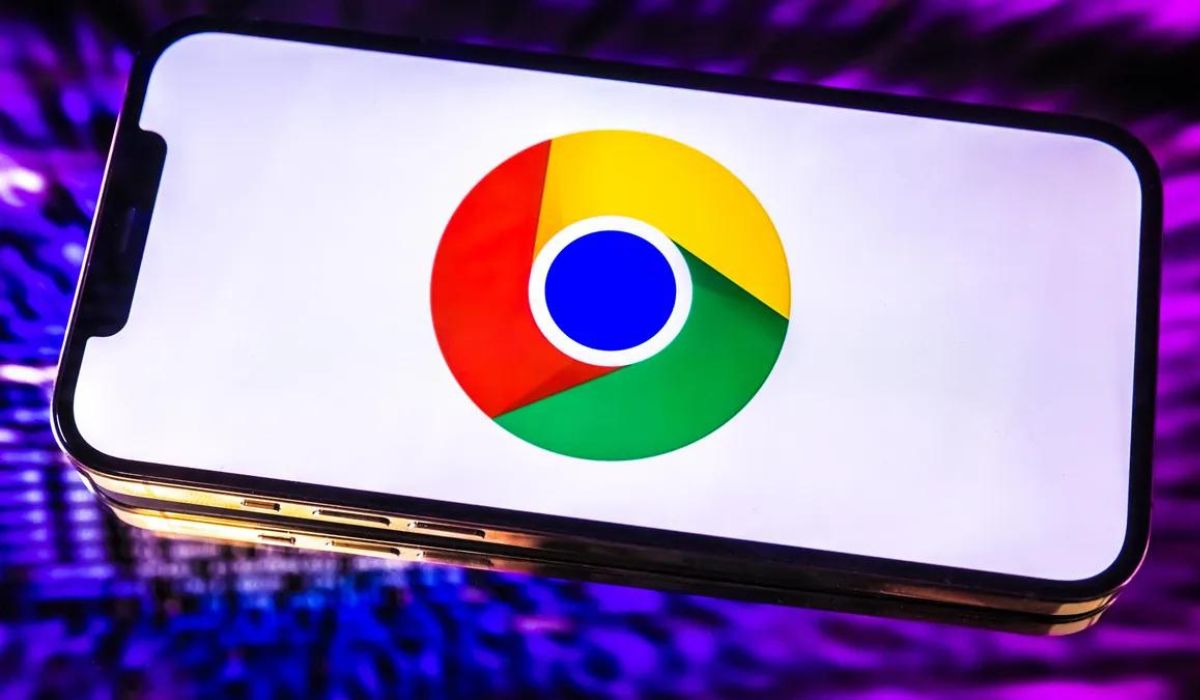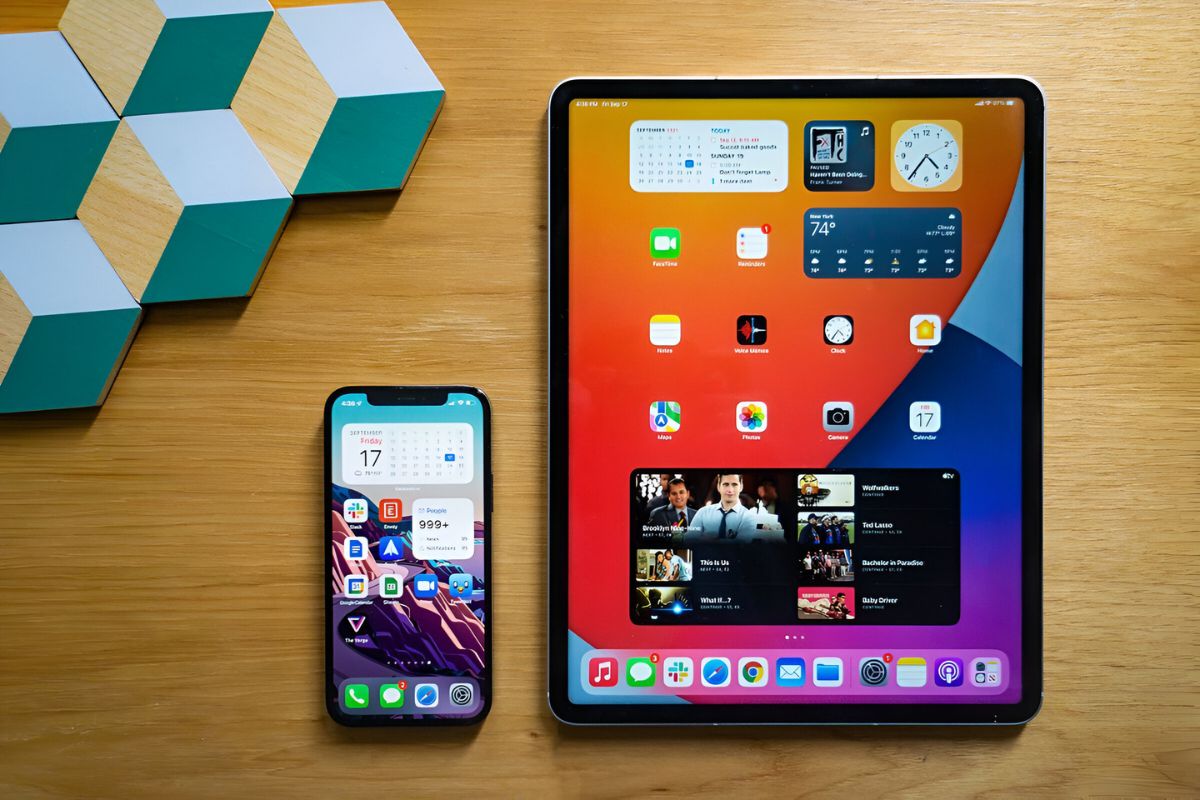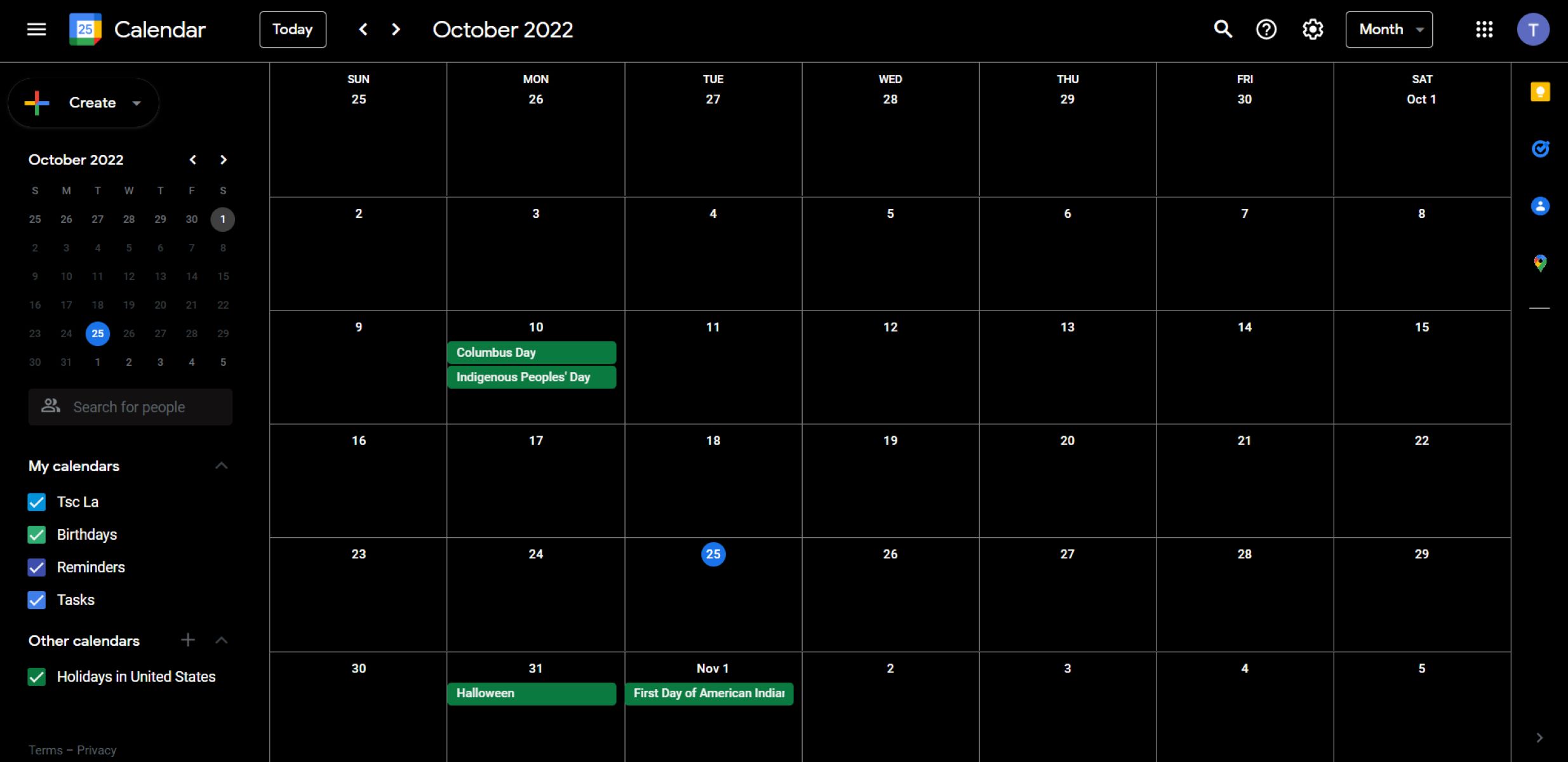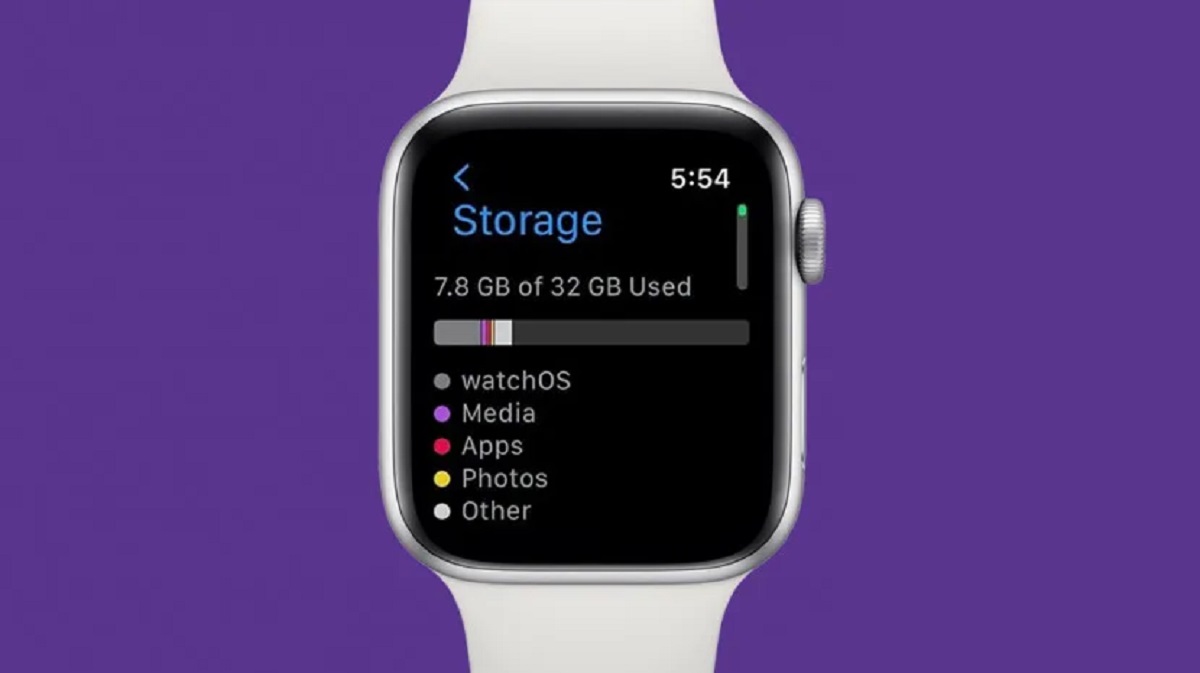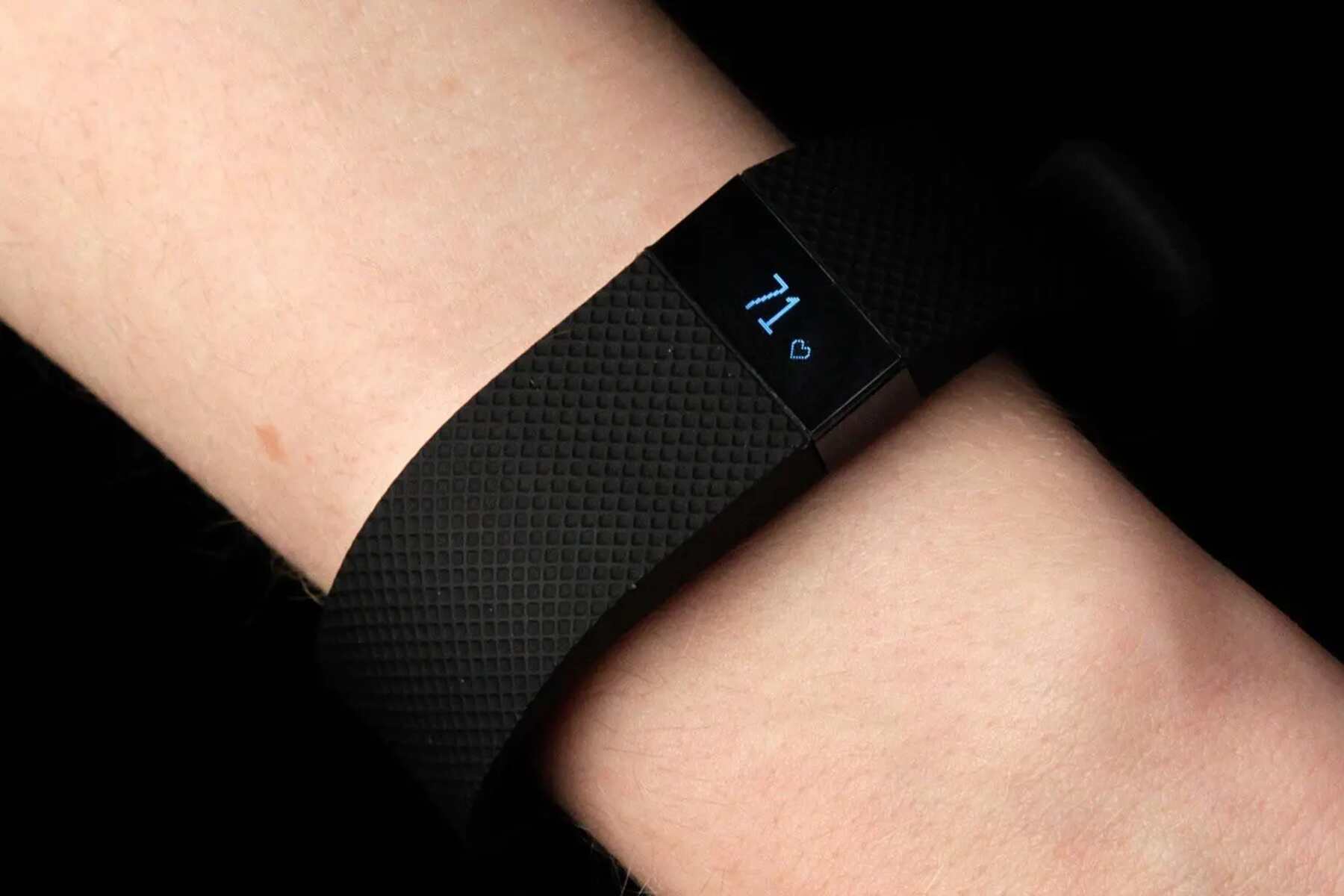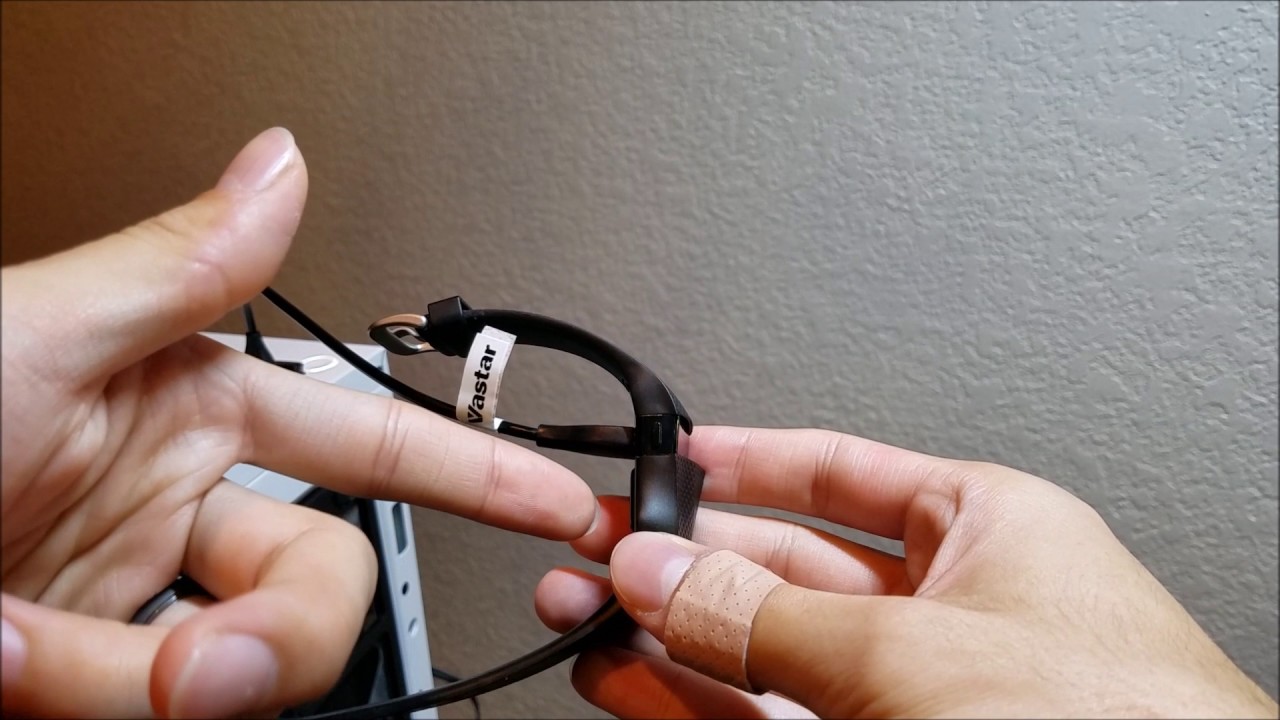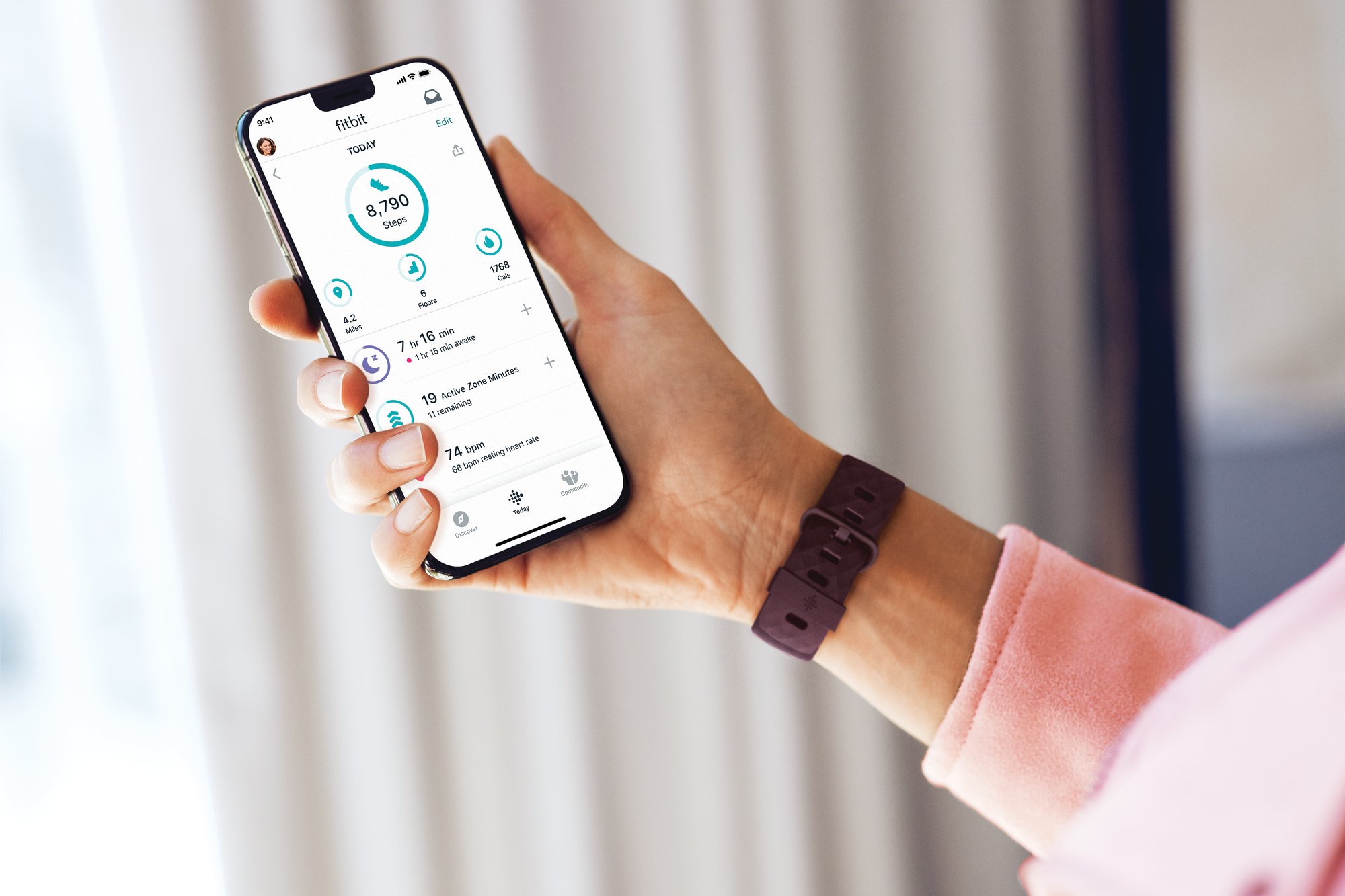Introduction
Google Photos has become one of the most popular photo storage and sharing platforms, offering users a convenient way to store and access their precious memories. With its powerful features, including automatic backup and sync across devices, Google Photos has made it effortless to organize and preserve our digital photo collections.
However, there may be times when you find the need to unsync Google Photos. Whether it’s to free up storage space, protect your privacy, or simply take control of your photo syncing settings, un-syncing Google Photos can be a valuable step to consider.
This article will guide you through the process of unsyncing Google Photos and provide you with different options to choose from. Whether you want to temporarily disable syncing, remove specific photos from synced folders, or completely disconnect your Google account from Google Photos, you will find the methods and steps explained in detail.
It’s important to note that unsyncing Google Photos does not mean that you will lose your photos. When you unsync Google Photos, it only stops the automatic backup and sync function. Your photos will still be accessible in Google Photos, but any changes or new photos you add will no longer be synced across your devices.
Now, let’s dive into the details of how Google Photos sync works and the reasons why you might want to unsync it.
What is Google Photos?
Google Photos is a cloud-based photo storage and management service provided by Google. It allows users to upload, store, organize, and share their photos and videos. With Google Photos, you no longer have to worry about losing your precious memories due to a computer crash or a lost device. Your photos are securely backed up in the cloud, making them accessible from any device with an internet connection.
One of the key features of Google Photos is its ability to automatically sync your photos across your devices. This means that when you take a photo on your phone, it will be instantly uploaded to your Google Photos account and can be accessed from your computer or tablet. This seamless syncing ensures that you never miss a moment and makes it easy to organize and manage your photo collection.
Google Photos also offers powerful search capabilities. Using advanced image recognition technology, it can identify objects, people, and even text within your photos. This makes it incredibly convenient to find specific photos without the need for manual tagging.
In addition to storage and organization, Google Photos provides various ways to share your photos with others. You can create albums, collages, and animations, and even generate movies and slideshows to relive your favorite moments. Sharing options range from direct sharing with specific individuals to generating a link that can be shared via email or social media.
Furthermore, Google Photos offers unlimited storage for high-quality photos and videos. While there is a limit for original quality uploads, most users opt for the high-quality option, which provides free unlimited storage. This makes Google Photos an attractive choice for users who want to save space on their devices without compromising on photo quality.
Overall, Google Photos provides a user-friendly and robust platform for managing and preserving your digital photo collection. Its features, including automatic syncing, powerful search capabilities, and easy sharing options, make it an incredibly convenient tool for anyone who wants to keep their photos organized and accessible.
How Does Google Photos Sync Work?
Google Photos sync works by automatically uploading your photos and videos from your devices to your Google Photos account in the cloud. This syncing process ensures that your photos are accessible from any device connected to your Google account, allowing you to view and manage your entire photo collection seamlessly.
When you enable syncing in Google Photos, the app continuously scans your device’s media folders for new photos and videos. It then uploads them to your Google Photos account over a secure internet connection. This process runs in the background, ensuring that your photos are backed up without any manual intervention.
Syncing can be done through the Google Photos mobile app on your smartphone or tablet, as well as through the Google Photos website on your computer. All uploaded photos and videos are stored in the cloud, freeing up storage space on your device and providing you with a secure backup in case of device loss or damage.
Google Photos sync offers two upload options:
- High-Quality: When you choose the high-quality option, Google Photos automatically compresses your photos and videos to reduce their file size while maintaining a good level of quality. This compresses images to a maximum resolution of 16 megapixels and videos to 1080p resolution. High-quality uploads are unlimited and do not count towards your Google account storage limit.
- Original Quality: If you prefer to preserve the original quality of your photos and videos, you can select the original quality option. However, keep in mind that original quality uploads count towards your Google account storage limit. If you exceed the storage limit, you may need to purchase additional storage space.
Once your photos and videos are synced, you can access them from any device by signing in to your Google Photos account. The synced media is organized chronologically and can be further sorted into albums, creating a hassle-free way to navigate and find specific photos.
It’s worth noting that Google Photos sync is designed to be seamless and automatic, ensuring that your photo collection is always up to date. However, there may be times when you want to unsync Google Photos for various reasons, such as freeing up storage space or taking control of your syncing settings. The next section will guide you through the process of unsyncing Google Photos.
Reasons to Unsync Google Photos
While Google Photos sync offers numerous benefits, there may be situations where you want to unsync Google Photos. Here are a few common reasons why you might consider unsyncing:
- Freeing up Storage Space: As you continue to capture photos and videos, your device’s storage can quickly fill up. Unsyncing Google Photos allows you to remove the automatic backup and sync function, reducing the strain on your device’s storage.
- Privacy Concerns: Some individuals may have privacy concerns and prefer not to have their photos automatically backed up and synced to the cloud. Unsyncing Google Photos provides greater control over the sharing and storage of your personal photos.
- Limiting Data Usage: Continuous syncing of photos and videos can consume a significant amount of data, especially when on a limited data plan. By unsyncing, you can minimize data usage and ensure that your photos are only uploaded when you specifically choose to do so.
- Organizational Preferences: While Google Photos offers seamless organization of your photos, some users prefer to have more control over how their photos are categorized and organized. Unsyncing allows you to manage your photo collection manually without the automatic syncing interfering with your preferred organization system.
- Specific Photo Removal: There might be instances when you want to remove specific photos or videos from being synced. Unsyncing Google Photos gives you the flexibility to select and delete individual items from your synced folders without affecting the rest of your collection.
These are just a few examples of why you might want to unsync Google Photos. Assess your specific needs and preferences to determine if unsyncing is the right choice for you. In the next section, we will explore different options and steps to unsync Google Photos.
Steps to Unsync Google Photos
If you’ve decided to unsync Google Photos, there are a few different options available to you. Here, we’ll outline the steps for each method:
Option 1: Disable Backup and Sync
- Open the Google Photos app on your mobile device or go to the Google Photos website on your computer.
- Sign in to your Google account if you haven’t already.
- Tap on the Menu icon (three horizontal lines) or the gear icon to access the settings menu.
- In the settings menu, select “Backup & sync.”
- Toggle the “Backup & sync” option to off. This will stop the automatic backup and sync function, effectively unsyncing Google Photos.
Option 2: Delete Photos from Synced Folders
- Open the Google Photos app on your mobile device or go to the Google Photos website on your computer.
- Navigate to the folder or album that contains the photos you want to unsync.
- Select the specific photos you want to remove from syncing by tapping on them or clicking on them.
- Once the photos are selected, tap on the “Delete” button or the trash can icon. Confirm the deletion if prompted.
- The selected photos will no longer be synced to your Google Photos account.
Option 3: Disconnect Google Account
- Go to your device’s settings and navigate to the “Accounts” section.
- Find and select your Google account.
- Tap on the “Remove Account” option or similar wording.
- Confirm the removal of the account.
- This will disconnect your Google account from your device, effectively unsyncing Google Photos.
Choose the option that best suits your needs, and follow the above steps to successfully unsync Google Photos. Remember, unsyncing Google Photos will only affect the future syncing of photos and videos, and any existing photos in your Google Photos account will remain accessible.
Once you have unsynced Google Photos, you may need to manage your storage to optimize space and ensure your photo collection is organized as desired. The next section will provide guidance on managing storage after unsyncing Google Photos.
Option 1: Disable Backup and Sync
One of the options to unsync Google Photos is by disabling the backup and sync feature. This method is useful if you want to temporarily stop the automatic backup and sync function without removing any existing photos from your Google Photos account.
- Open the Google Photos app on your mobile device or go to the Google Photos website on your computer.
- Sign in to your Google account if you haven’t already.
- Tap on the Menu icon (three horizontal lines) or the gear icon to access the settings menu.
- In the settings menu, select “Backup & sync.”
- Toggle the “Backup & sync” option to off. This will disable the automatic backup and sync function, effectively unsyncing Google Photos.
Disabling backup and sync ensures that new photos and videos will not be automatically uploaded and synced to your Google Photos account. However, keep in mind that any new media captured or added to your device will not be backed up until you re-enable the backup and sync option.
If you decide to re-enable backup and sync in the future, simply follow the same steps and toggle the “Backup & sync” option back on. This will resume the automatic backup and sync functionality for your photos and videos.
Disabling backup and sync is a flexible option that allows you to take control over when and which photos get synced to your Google Photos account. However, if you want to remove specific photos from your synced folders, consider following the steps outlined in Option 2.
Next, we will explore Option 2, which involves deleting photos from synced folders to unsync them from your Google Photos account.
Option 2: Delete Photos from Synced Folders
If you want to unsync specific photos from your Google Photos account, you can choose to delete them from the synced folders. This method allows you to remove selected photos while keeping the rest of your collection intact.
- Open the Google Photos app on your mobile device or go to the Google Photos website on your computer.
- Navigate to the folder or album that contains the photos you want to unsync.
- Select the specific photos you want to remove from syncing by tapping on them or clicking on them.
- Once the photos are selected, tap on the “Delete” button or the trash can icon. Confirm the deletion if prompted.
- The selected photos will be permanently deleted from your synced folders, effectively unsyncing them from your Google Photos account.
By deleting selected photos from the synced folders, you have control over which photos get unsynced without affecting the rest of your photo collection. Keep in mind that deleting photos will also remove them from your device’s local storage, so make sure to back up any important photos before proceeding with this option.
If you want to unsync all photos from a particular folder or album, you can delete the entire folder or album. However, be cautious as this action will permanently remove all the photos within that folder or album from both your synced folders and your Google Photos account.
Now that you are familiar with Option 2, which involves deleting photos from synced folders, let’s explore the last option, Option 3, which involves disconnecting your Google account.
Option 3: Disconnect Google Account
If you want to completely unsync Google Photos from your device and disconnect your Google account, you can choose to disconnect your Google account. This option is suitable if you no longer want any of your photos to be synced to your Google Photos account.
- Go to your device’s settings and navigate to the “Accounts” section.
- Find and select your Google account.
- Tap on the “Remove Account” option or similar wording.
- Confirm the removal of the account.
- This will disconnect your Google account from your device, effectively unsyncing Google Photos.
By disconnecting your Google account, all the photos and videos in your Google Photos account will no longer be accessible from your device. However, it’s important to note that your photos will still be available in your Google Photos account when accessed from other devices or by signing in to your Google account on the Google Photos website.
If you want to reconnect your Google account in the future, you can do so by adding the account back through your device’s settings or by signing back in on the Google Photos app or website.
This option provides a complete disconnection between your device and Google Photos, ensuring that no photos or videos are synced between them. If you decide to use Google Photos again in the future, you will need to manually re-enable syncing and sign in to your Google account.
Now that you are familiar with Option 3, which involves disconnecting your Google account, you have explored all the available options to unsync Google Photos. Next, we will discuss how you can manage storage after unsyncing Google Photos.
Managing Storage after Unsyncing Google Photos
Once you have unsynced Google Photos, it’s important to manage your storage to optimize space and ensure your photo collection is organized as desired. Here are a few steps you can take to effectively manage storage after unsyncing:
- Delete Unwanted Photos: Review your photos and delete any unwanted or duplicate images. This will not only free up storage space but also keep your collection organized.
- Create Local Backups: Consider creating local backups of your photos on an external hard drive or another storage device. This provides an additional layer of protection and ensures your photos are not solely reliant on the cloud.
- Utilize Cloud Storage Alternatives: Explore other cloud storage platforms or backup services to securely store and manage your photos. This allows you to diversify your storage options and choose the platform that best fits your needs.
- Optimize Photo Sizes: If you have limited storage space, you may want to consider resizing or compressing your photos to reduce their file size. There are several software tools and online platforms available that can assist you in optimizing your photos without compromising their quality.
- Organize Photos into Folders: Take advantage of your device’s file management features to organize your photos into specific folders or albums. This makes it easier to locate and access specific photos in the future.
By implementing these steps, you can effectively manage your storage after unsyncing Google Photos. Remember to regularly review and organize your photo collection to keep it clutter-free and optimized for efficient storage usage.
Additionally, it’s worth mentioning that Google provides a storage management tool within Google Photos. This tool allows you to view and manage your storage usage, identify large files or videos, and clear up space by deleting unnecessary items.
By taking proactive measures to manage your storage after unsyncing Google Photos, you can ensure that your photo collection remains organized, accessible, and optimized for your storage needs.
Now that you know how to manage storage after unsyncing Google Photos, let’s conclude this article with a brief recap of the key points covered.
Conclusion
Unsyncing Google Photos provides you with the flexibility to manage your photo collection and storage according to your preferences. Whether you want to free up space on your device, protect your privacy, or have more control over your syncing settings, there are multiple options available to unsync Google Photos.
In this article, we explored three different options:
- Disabling Backup and Sync: Temporarily stopping the automatic backup and sync function.
- Deleting Photos from Synced Folders: Removing specific photos from your synced folders.
- Disconnecting Google Account: Completely unsyncing Google Photos by disconnecting your Google account.
Additionally, we discussed the importance of managing storage after unsyncing Google Photos, including deleting unwanted photos, creating local backups, utilizing alternative cloud storage platforms, optimizing photo sizes, and organizing photos into folders.
Remember that unsyncing Google Photos does not mean losing your photos. They will still be accessible in your Google Photos account, but any changes or new photos you add will no longer be automatically synced across your devices.
By understanding the process of unsyncing and implementing effective storage management strategies, you can confidently take control of your photo collection and ensure it remains organized, secure, and optimized for your needs.
Now that you have the knowledge and steps to unsync Google Photos and manage your storage effectively, feel empowered to make choices that suit your preferences and requirements. Happy unsyncing and managing your photo collection!







